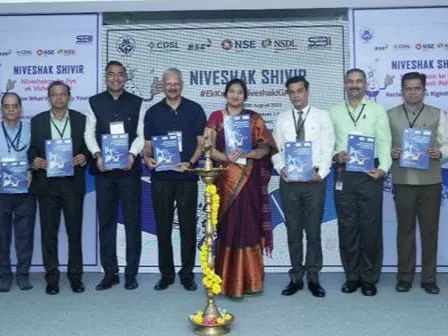Indian GI tags serve multiple purposes, from safeguarding the authenticity and reputation of regional products to ensuring that only genuine producers benefit economically from their unique offerings . GI tags are used to certify and promote products with distinct regional characteristics like Darjeeling tea, Kanchipuram silk, and Odisha pattachitra, Mysore Silk, Basmati Rice, thereby enhancing market value and consumer trust .
However, misuse of GI tags is a significant challenge in India . Unauthorized parties may use or replicate GI labels to market counterfeit or inferior quality products, leading to consumer deception and economic losses for authentic producers. Misuse also includes disputes over product origins and claims between different regions or communities, which complicates enforcement and undermines the integrity of the GI system .
Regulation of GI tags in India is governed primarily by the Geographical Indications of Goods (Registration and Protection) Act, 1999 . This legal framework provides a registration mechanism for products, mandates strict criteria to prove regional exclusivity, and enables legal action against infringement.
Authorities like the Geographical Indications Registry in Chennai ensure compliance, while supplementary initiatives such as awareness campaigns and capacity-building programs for producer communities help in reinforcing the system’s efficacy..This law establishes the legal framework for the registration, protection, and enforcement of GI tags for products that possess unique geographical characteristics.
The GI tag provides legal protection to producers by preventing others from using the product’s name without authorization, thereby preserving the authenticity and market value of the original regional product. It also helps boost rural economies and promotes cultural pride linked to regional specialties
To be eligible for a GI tag under the Geographical Indications of Goods (Registration and Protection) Act, 1999, a Product must Have :
- Originate from a specific geographical location in India.
- Possess qualities, reputation, or characteristics that are essentially or exclusively due to its geographical origin, including natural and human factors (such as climate, soil, traditional production methods, etc.).
- Demonstrate uniqueness: The product must have distinctive features, legacy, or reputation linked to the region that sets it apart from similar goods produced elsewhere.
- Be represented by an authorized applicant: The application can only be filed by an association of persons, producers, or a registered organization that represents the interest of the producers of the concerned goods.
- The applicant must submit documentation, including—
The process involves scrutiny by experts, possible field inspection, and publication of accepted products in the official GI Journal. If unopposed, registration is granted. GI status is renewable every 10 years and, if maintained properly, can be held indefinitely.
Benefits of GI Tagging : For Producers and Communities
- Legal protection against unauthorized use and imitation of their products, ensuring only genuine producers can use the GI name.
- Higher market value and income due to exclusivity, raising demand and commanding premium prices (benefiting local artisans, farmers, and communities).
- Preservation of traditional knowledge and cultural heritage by encouraging the continuation of age-old practices linked to regional identity.
- Market access and export opportunities by building a reputation for authenticity and quality in both domestic and global markets.
- Rural and local economic development, as GI recognition often stimulates entrepreneurship, employment, and skill preservation in the area.
For Consumers and the Market
- Guaranteed authenticity and quality, enabling buyers to distinguish genuine, region-specific goods from imitations.
- Support for sustainable development and biodiversity since GI production often relies on traditional, eco-friendly practices.
For the Economy and Society
- Promotion of tourism, as GI-tagged products and their regions become destinations for cultural and heritage-based travel.
- Soft power and international recognition for India, projecting a strong image of its cultural richness and regional specialties worldwide.
” Obtaining a GI tag not only protects and uplifts the reputation and livelihood of regional producers but also preserves India’s extensive heritage for future generations while offering consumers genuine, high-quality products ” For GI Tag update click www.eminentnews.com


























